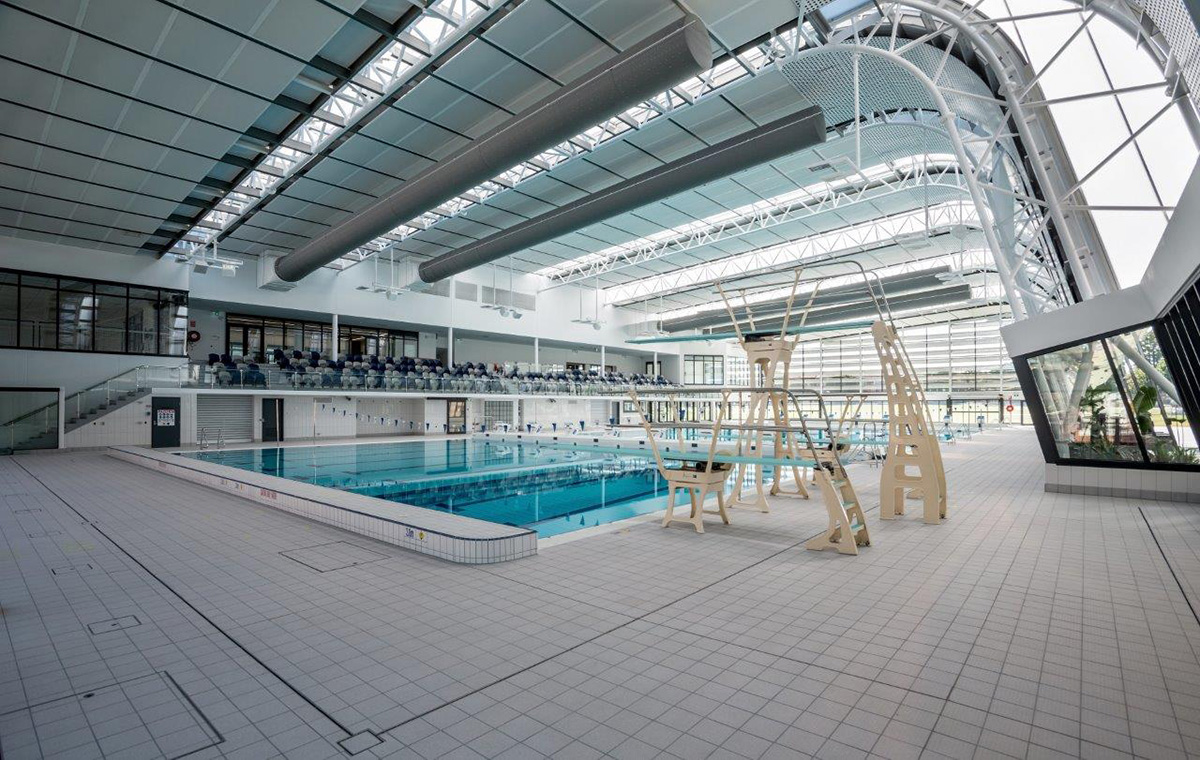Draining swimming pools

Swimming pools may appear to be quite passive to the casual user but there are numerous factors that can make these environments corrosive towards metallic drainage, fittings and fixtures e.g. pool and ambient temperatures, pH levels, humidity (especially indoor pools) etc. Therefore designers need to take adequate precautions to ensure drains are durable for the pool environment.
In most aquatic environments, stainless steel will not rust or stain, even after many years of service. There are some chemicals that can corrode stainless steel, but these chemicals do not appear in high enough concentrations in pool environments to affect this alloy. On the main, stainless steel has a long and successful history in swimming pool environments.
There is a vast range of different stainless steels available.
Austenitic stainless steels are the most widely used and encompass the generic 304 and 316 grades. Marine grade is often used in reference to grade 316. Although correct, it can be misleading as it is not the only grade available in this group.
The selection of the correct stainless steel grade and finishing process depends on the proximity of the drain to the pool and whether the pool contains fresh or saltwater.
For more information, click here.






